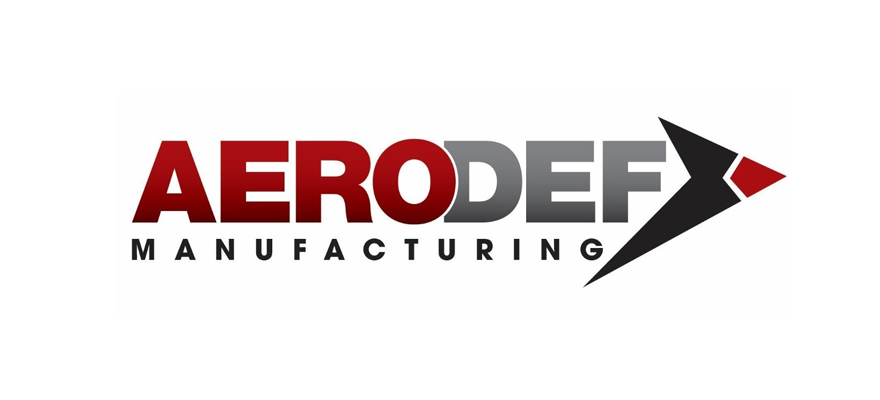I recently discussed the issues that came up at AeroDef after taking part in a panel discussion about “Industrial IoT and the Digital Twin.”
My previous post discussed these main points:
- Quality issues happen, but they quickly evolve into much bigger problems if not handled while still small.
- Quality problems have indirect adverse impact as they disrupt the manufacturing schedule and overall capacity is reduced.
Early problem identification
So how can we identify quality issues early in the process with our existing staff? During the panel, we discussed that innovative software and Industrial IoT sensors can make it possible. Software that is connected to sensors on your factory floor and monitors WIP (Work in Process) and parts, as they move from one station to another, can provide real-time alerts that prevent quality problems from growing into a larger quality issue. For example: systems can track material as it leaves the freezer and calculate its remaining shelf-life based on its location and condition and then send you an alert once the material or resulting parts are about to expire.
Logging the Digital Twin
There is growing interest in the Digital Twin and Part Traceability, and there’s good reason for that. The Digital Twin is commonly defined as the virtual representation of the physical asset. As the physical asset evolves and changes prior, during and beyond the manufacturing process, the Digital Twin is updated accordingly, creating a full record of that evolution (the Digital Thread) for operational and quality purposes.
Here, it’s important to add that the Digital Thread is composed of numerous small threads of materials and sub-components leading up to it, and woven with others as they evolve (but that’s for another blog…).
A true Digital Thread can provide two-way part traceability: from Material to Product; and from Product to Material. This way, if a material supplier reports a faulty batch, the system can instantly generate an accurate report, listing all parts and kits produced out of this material batch. The report also includes the exact location of the parts – making the task of part collection even easier. Its clear that doing so manually would inevitably lead to significant waste of valuable time and labor.
Once a factory is digitized and automated, real-time alerts and notifications ensure true manufacturing optimization, as well as fast response to quality problems, stopping them from snowballing into a much bigger problem. With the Digital Twin information at hand, even when the unexpected happens you have full control of the production process, allowing you to react quickly with minimal disruptions to your production schedule and work orders.
Author: Avner Ben-Bassat, CEO & President of Plataine







